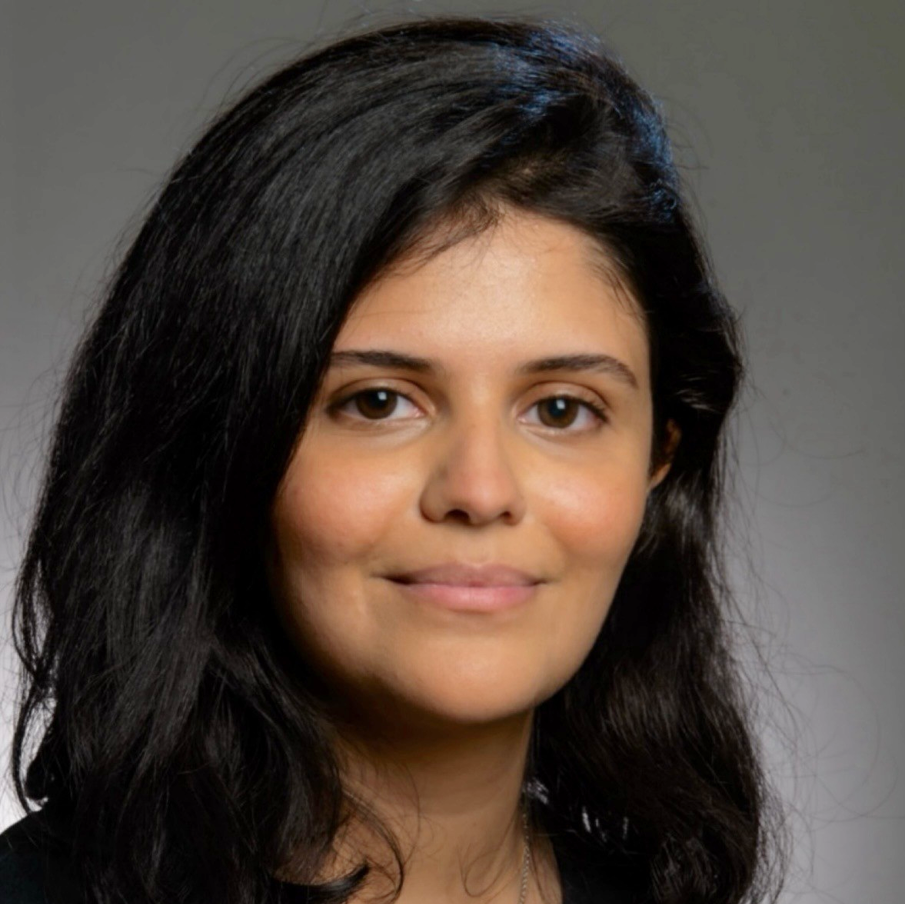

Oct 2025

Seminar of an Ibn Rushd postdoctoral fellow, managed by the office of VPEAA.
Abstract:
A central puzzle in biology is how the two-meter human genome is folded into a functionally precise 3D architecture. This folding is fundamental to high-fidelity gene regulation, particularly for the long-range interactions between enhancers and their target promoters. By combining state-of-the-art genetic engineering, multiplexed super-resolution imaging, and biophysical modeling, we resolve two critical questions in this process: first, the long-debated question of where the cohesin motor initially engages chromatin to begin loop extrusion; and second, how the grammar of boundary elements affects genome folding and modulates regulatory interactions. By systematically inserting ectopic CTCF sites and force-loading cohesin at defined loci, we directly test the core predictions of the loop extrusion model against high-resolution, single-cell data. Our findings fundamentally reframe our understanding of how regulatory landscapes are defined and offer a new basis for predicting enhancer-promoter communication.
Bio:
Abrar Aljahani’s research aims to understand the regulatory code of the human genome. Her work focuses on the fundamental principles that link the genome's three-dimensional structure to the precise regulation of gene expression, a relationship that represents a major unsolved challenge in modern biology. During her PhD with Marieke Oudelaar at the Max Planck Institute for Multidisciplinary Sciences, she developed an ultra-high-resolution method to map enhancer-promoter interactions, revealing how fine-scale chromatin architecture controls gene regulation. As a postdoctoral fellow in Alistair Boettiger’s lab at Stanford, she now combines multiplexed super-resolution imaging, spatial transcriptomics and epigenomics with biophysical modeling to derive the general rules governing genome folding. Her ultimate goal is to construct a predictive model of the genome’s regulatory code, providing a new framework for understanding how structure dictates function in both health and disease.